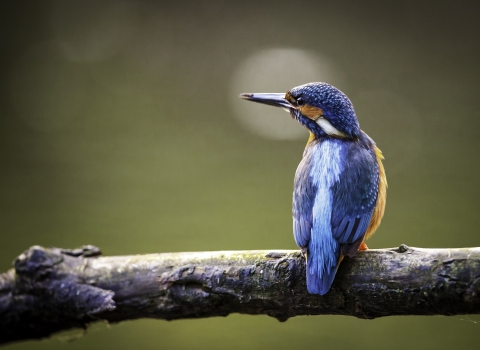Three days a week I’m a part-time ecologist at Ulster Wildlife. The other two days a week I do freelance entomology (insect identification and ecology). The variety is fantastic, and sometimes my two jobs overlap, and I find rare or interesting species while I am working.
Fascinating Beetle Factoids
While on Covid 19 lockdown at Ulster Wildlife, I am a bit less busy than normal and I was asked to write a blog about beetles. I wasn’t immediately sure what the lovely folk reading this blog would want to know about. You might be interested to hear about some of the more unusual ones that I’ve found, but maybe start with a few fascinating factoids!
Here are my fascinating beetle factoids:
-
Beetles are amazingly diverse and possibly the most successful groups of animals. More than 400,000 have been scientifically described and named and they make up 25% of all known life forms. There are 83,000 species of weevil alone. Estimates suggest that there may be as many as 2.1 million species in total if we could count all of them.
-
In Ireland there are over 2,000 species and roughly twice that number in Britain.
-
Their wing cases (elytra) are modified hardened wings that protect the squishy body underneath. Many species have lost their wings altogether and cannot fly.
-
Over 300 species of beetle are eaten by people around the world. Even if you think you haven’t eaten any beetles, you have. They are a common contaminant in many foods like flour.
-
The heaviest beetle is the goliath beetle which weighs up to 100g (like a bag of sweets) and can be up to 11cm long. Imagine finding one of those in your house!
-
Beetles have been on earth for at least 300 million years.
-
The Egyptians revered the scarab or dung beetle because of the similarity between the rising sun and the beetle rolling balls of dung.
-
Burying or sexton beetles have a particularly interesting, if gruesome life cycle. They can detect carcases of small mammals from over a kilometre away using their sensitive antennae. They are one of the few beetles that look after their young; first they bury the carcase and sterilise it with special antimicrobial secretions from glands in their head. Once hatched the larvae beg the parents for food, who feed them with a special regurgitated liquid. The parents are able to tell how many young the corpse will support, and if there are too many they will cull some to enable the rest to survive. On larger corpses a number of adults work together to feed their young communally. In a final twist, the adults also carry mites on their body from corpse to corpse. The mites are useful to the beetles as they don’t feed on the corpse itself, but on the eggs and larvae of other animals that would! Just imagine having your own army of 8-legged friends to look after your food!














